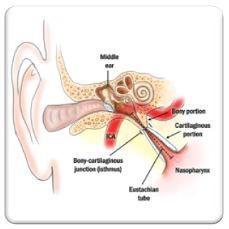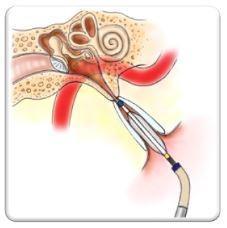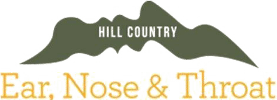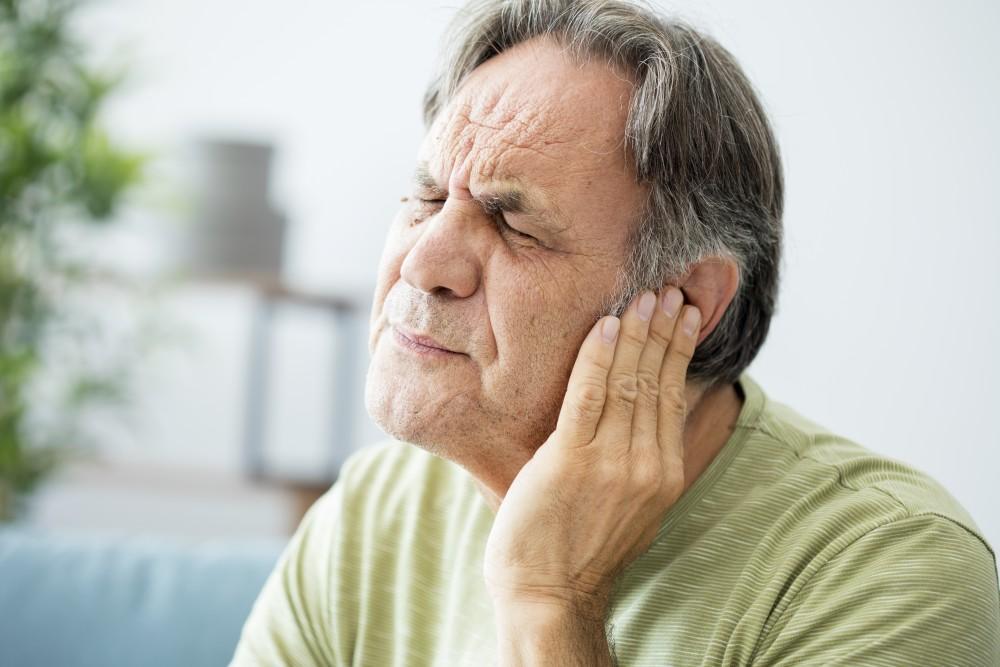What is the Eustachian tube? It is a narrow tube which links the back of the nose to the middle ear. It is normally closed but opens when we swallow, yawn, or chew. It has three main functions: to protect the middle ear from sources of disease, to ventilate the middle ear, and to help drain secretions away from the middle ear.
What is Eustachian Tube Dysfunction? Eustachian Tube Dysfunction (ETD) is the inability of the Eustachian tube to adequately perform these functions and failure of the valve of the eustachian tube to open and/or close properly.
What causes ETD? Eustachian Tube Dysfunction may occur when the mucosal lining of the tube is swollen and doesn’t open or close properly. It can occur after the start of a cold or other nose, sinus, ear or throat infections.
What are the symptoms? When not working properly, patients can experience muffled hearing, fullness in the ear, pain in the ear, inability to equilibrate middle ear (ME) pressure, tinnitus (ringing), and dizziness.
How is the Eustachian Tube Balloon Dilation procedure performed? Dr Lano performs these procedures in the office and uses a catheter to insert a small balloon through the patient’s nose and into the Eustachian tube. Once inflated, the balloon opens up a pathway for mucus to flow through the Eustachian tube, which may help restore proper function. After the Eustachian tube is dilated, the balloon is deflated and the catheter is removed.
If you suffer from ETD, we would love to ease your pain. Please contact our office and schedule an appointment with Dr. Lano to see if you are a candidate for Eustachian Tube Balloon Dilation.




